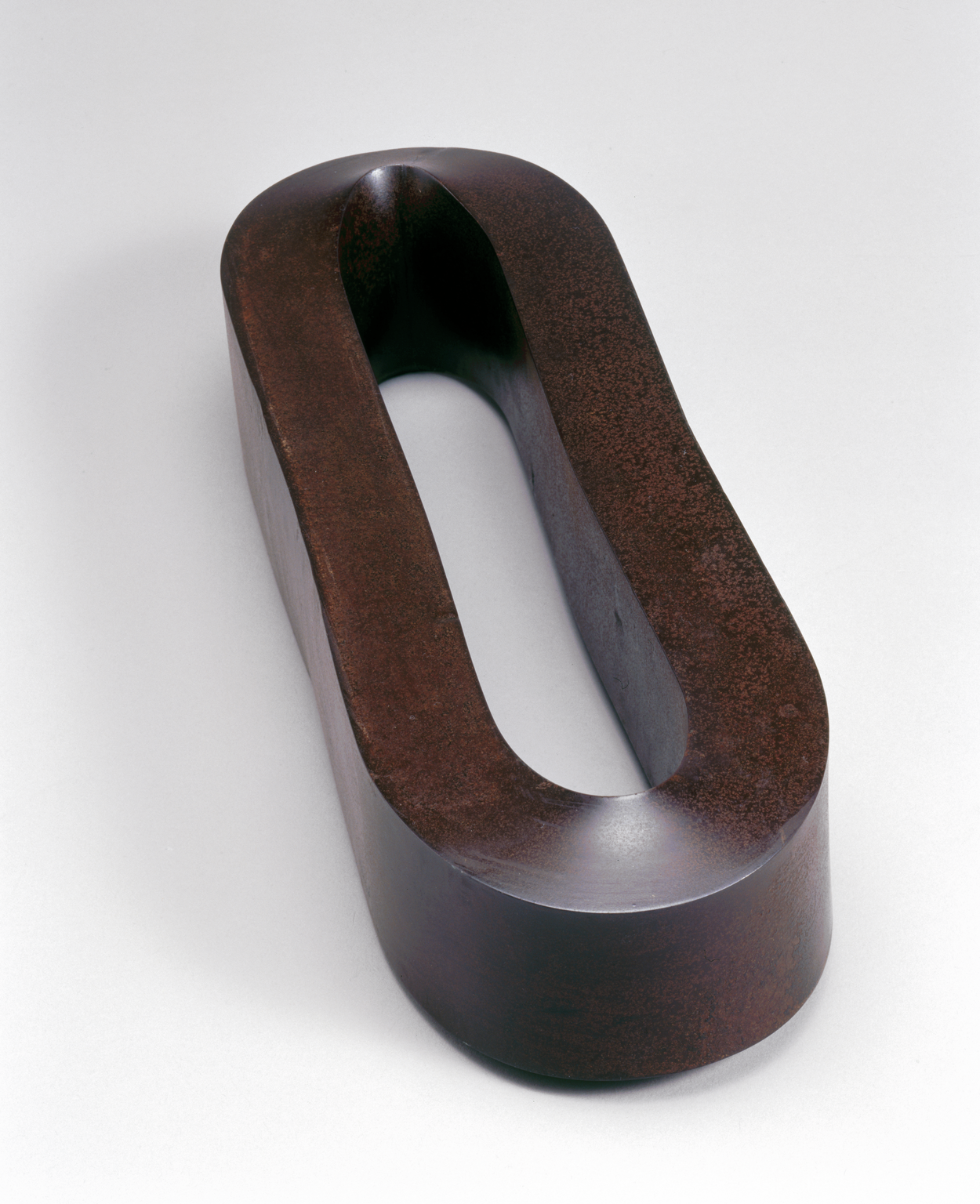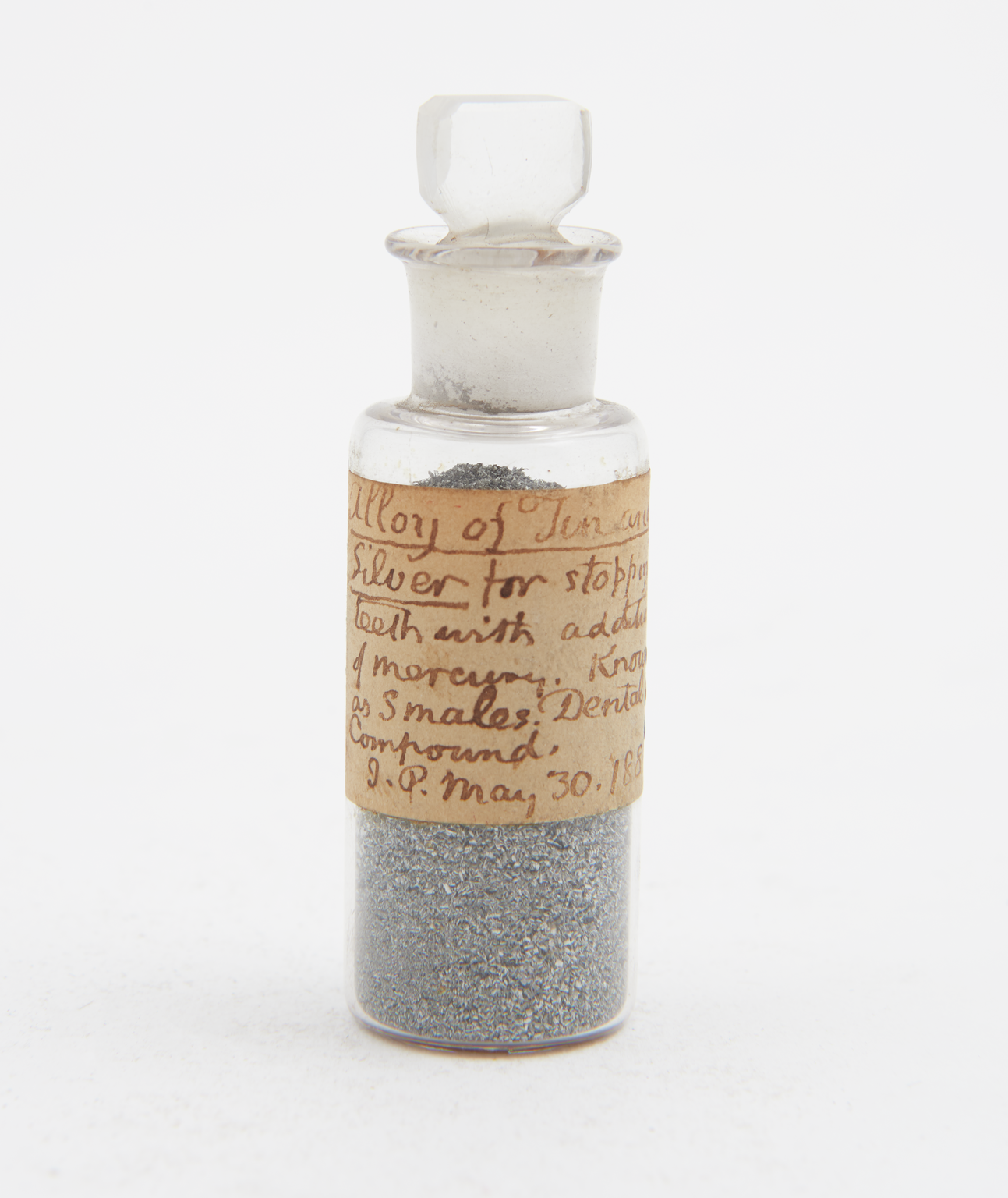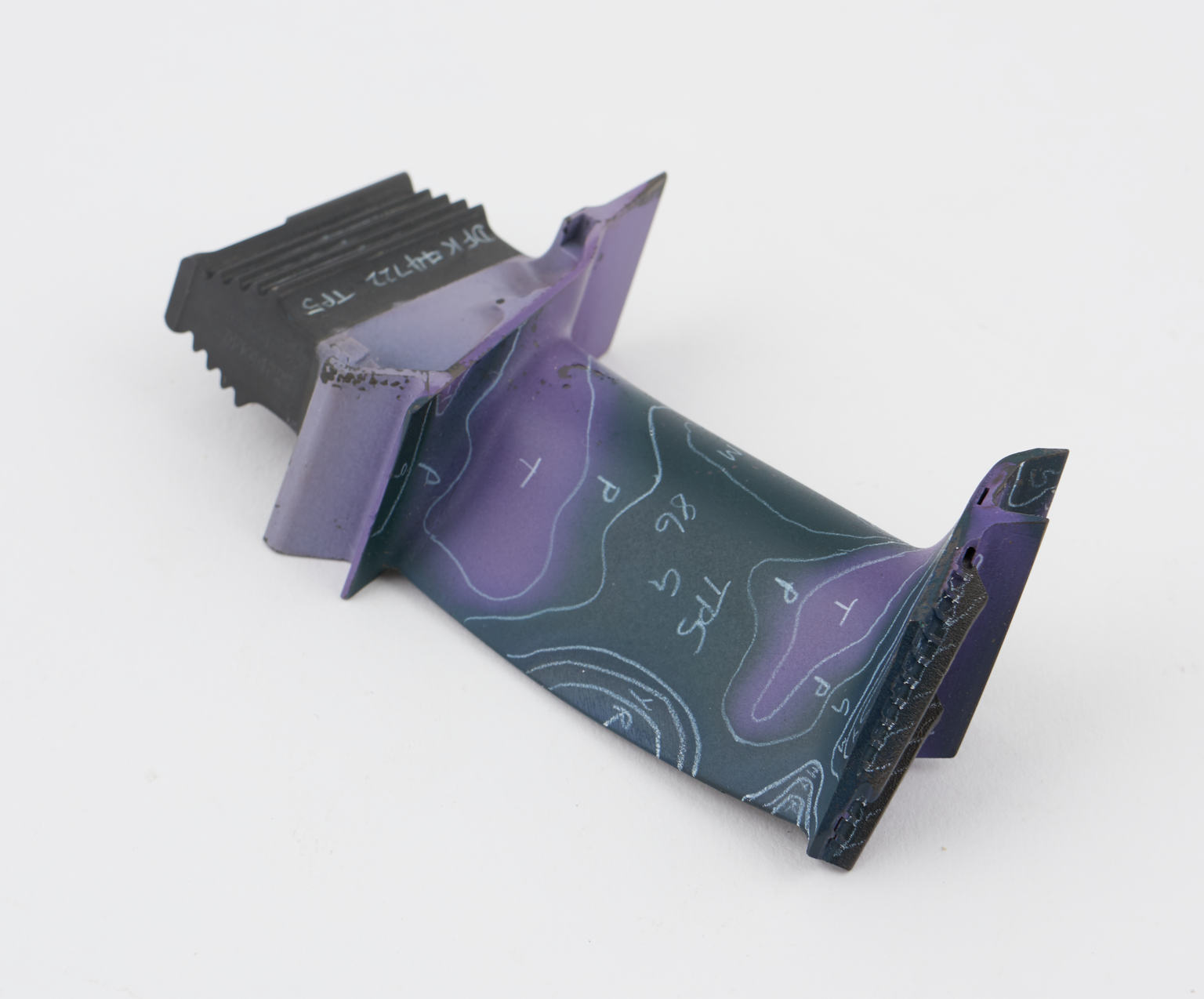Alloys, a combination of at least one metal and another element (usually another metal), were developed as we learnt to extract metals from their ores and mix them to create new materials.
Alloys have certain qualities that make them more useful than the individual metals they are made of. For example, when copper and tin are mixed they make the alloy bronze.
Bronze was one of the first alloys developed. It is more durable and stronger than either copper or tin, which led to its wide-spread and continued use (such as for this sickle to reap corn) even to this today. In fact, the use of alloys and other metals has been so instrumental that whole eras have been named after these materials.

The study of the properties of metals and alloys is known as Metallurgy, as is the practice of extracting metals from their ore. The word stems from the interesting and, at times, bizarre practice of Alchemy.
Our interest in Metallurgy has enabled the development of alloys that, because of their useful properties, can now be found all around us.
Steel (iron and carbon) is used for building because of its strength, sterling silver alloys (silver and copper or zinc) make more long-lasting jewellery (ever wondered why silver is stamped with 925?) and amalgam (mercury + another metal) is even used for teeth fillings!

Despite its mercury content, amalgam has been in use as teeth fillings for over 150 years (below is an amalgam made of silver, tin and mercury called Smale’s Dental Compound).
But before this, other less successful alloys were used as a solution for cavities. Some may even have caused a spate of exploding teeth as the metals in these mixtures reacted to create quite the combustible effect. Yikes.

This isn’t the only case of alloys gone wrong. Pewter, (tin and lead most commonly), is a malleable alloy that we normally associate with kitchenware items. Its use was gradually phased out by the production of porcelain and changes in fashion.
Although, the high content of lead in early pewter and the lead poisoning it caused may have had something to do with it.
However, it’s not all doom and gloom with alloys. These life changing materials continue to shape our experiences many years after they were first discovered.
In fact, ‘superalloys’, have amazing properties that enable us to fly (such as the superalloy turbine blade below) and even reach space.
So, who knows where these wonder materials might take us next.

Discover thousands of items related to Metallurgy in the Science Museum Group Collection, many of which have been recently published online.
Delve into interesting stories of how chemistry affects the world around you in our online series.